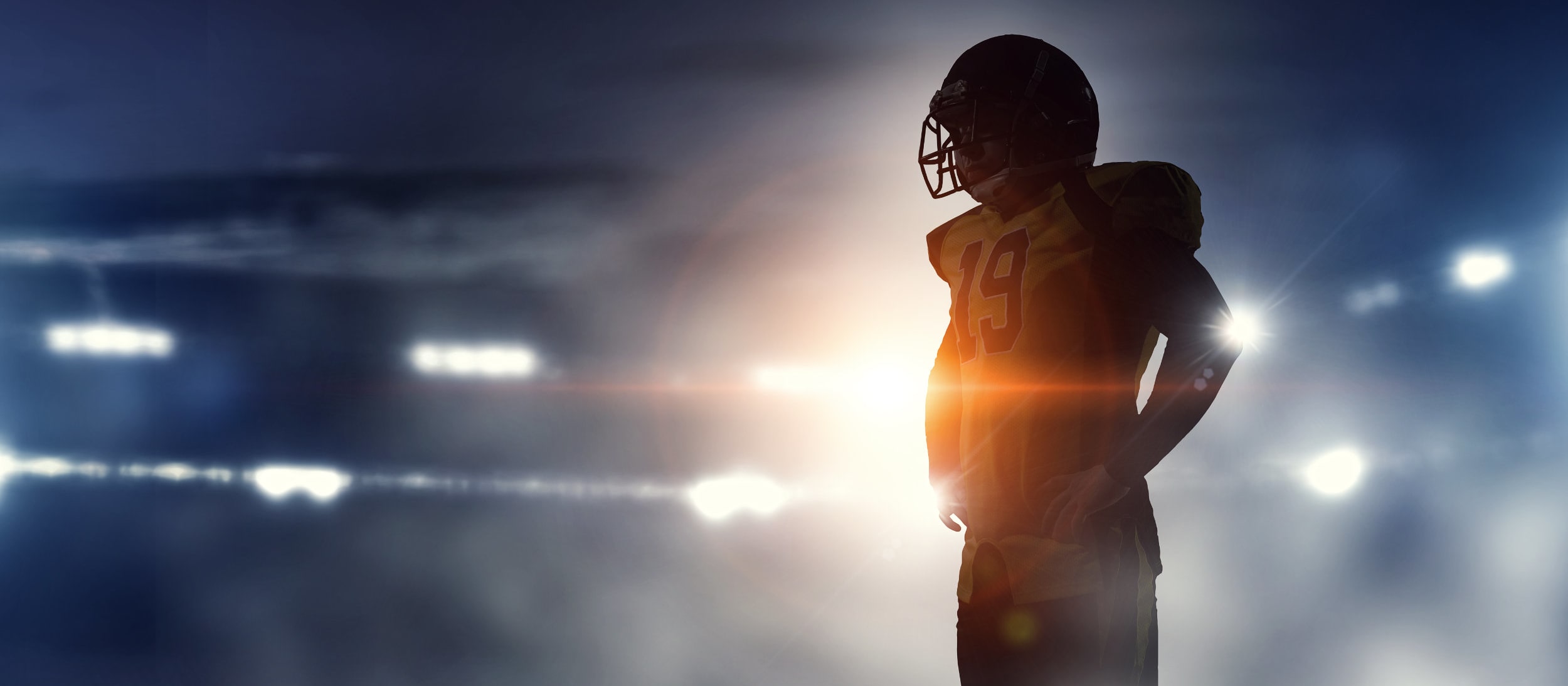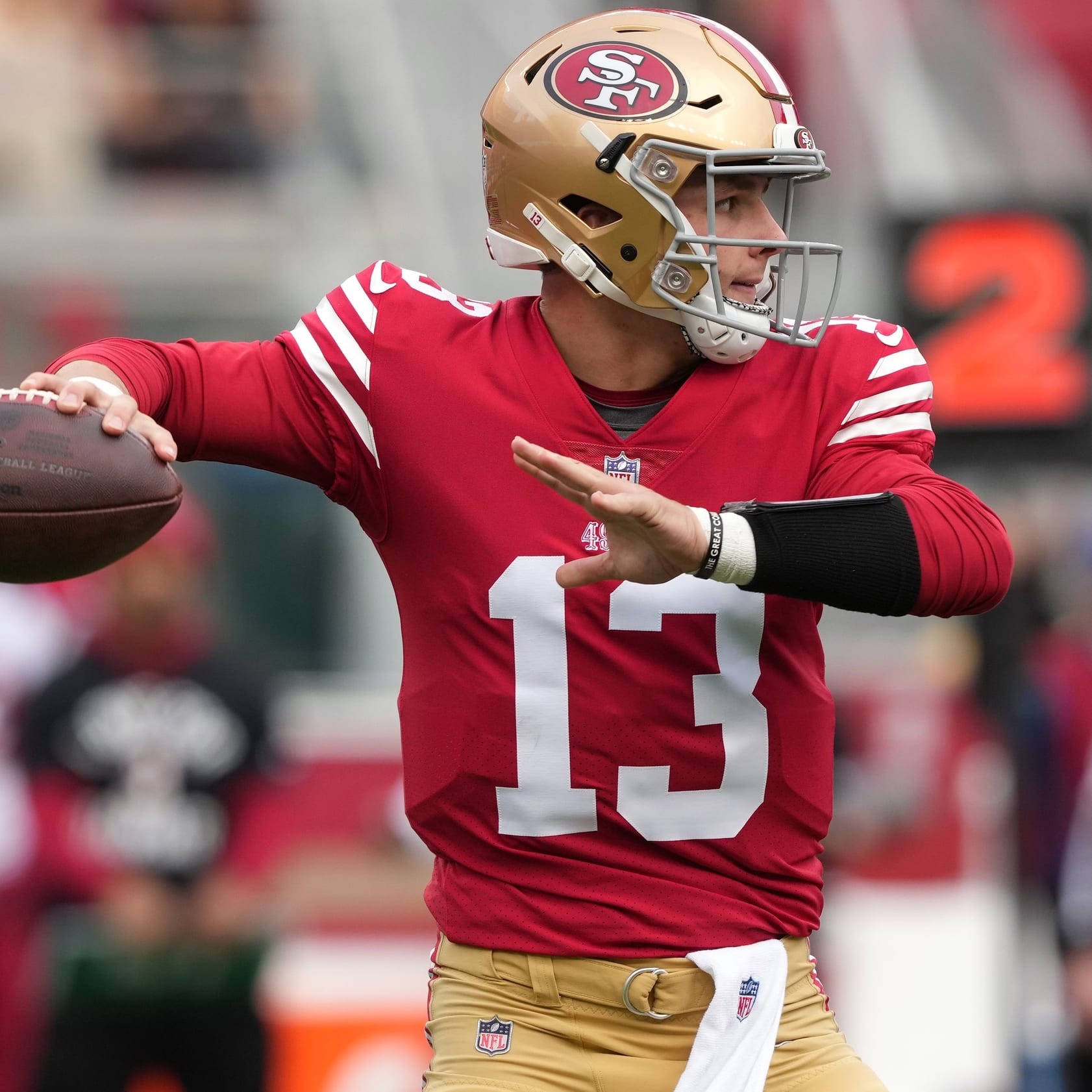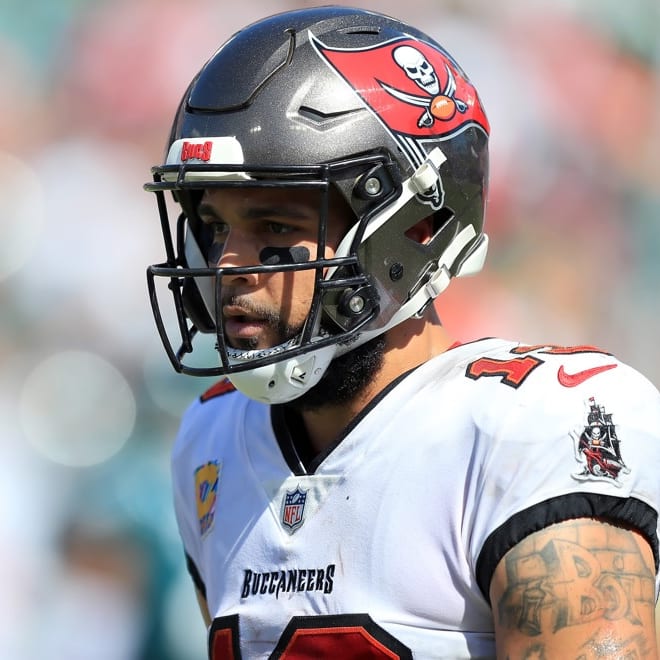This article is part of our Injury Analysis series.
I'm fortunate enough to cover three sports for Rotowire, breaking down injuries in the NFL, NBA and MLB. Analysis for specific injuries inevitably crosses over as athletes are vulnerable to the same ailments regardless of their primary sport. However, I'm having trouble recalling a time when multiple players in multiple sports fell victim to the same in injury in one week's span. Over the last week, four notable athletes sustained lower leg injuries involving the fibula. In the NBA, Houston Rockets big man Clint Capela sustained a fibula fracture in a collision with Minnesota's Karl-Anthony Towns, while NFL quarterbacks Derek Carr and Marcus Mariota both went down with fibula fractures in Week 16. Seattle wide receiver Tyler Lockett also suffered a fractured fibula in conjunction with a tibia fracture over the weekend and is out for the remainder of the year. Fibula fractures aren't uncommon in professional sports, but I found it odd to see this many occur within the same time frame.
The fibula is one of the two bones that make up the lower leg. It sits along the outside portion of the leg, extending from the knee to the ankle. It's smaller than its counterpart, the tibia, and does not bear as much weight. Its positioning makes it vulnerable to isolated fractures, like with Capela, or more complex fractures when the ankle is violently forced a particular direction, as was the case with Carr and Mariota. Like most bone injuries, recovery for a fibula fracture is dependent
I'm fortunate enough to cover three sports for Rotowire, breaking down injuries in the NFL, NBA and MLB. Analysis for specific injuries inevitably crosses over as athletes are vulnerable to the same ailments regardless of their primary sport. However, I'm having trouble recalling a time when multiple players in multiple sports fell victim to the same in injury in one week's span. Over the last week, four notable athletes sustained lower leg injuries involving the fibula. In the NBA, Houston Rockets big man Clint Capela sustained a fibula fracture in a collision with Minnesota's Karl-Anthony Towns, while NFL quarterbacks Derek Carr and Marcus Mariota both went down with fibula fractures in Week 16. Seattle wide receiver Tyler Lockett also suffered a fractured fibula in conjunction with a tibia fracture over the weekend and is out for the remainder of the year. Fibula fractures aren't uncommon in professional sports, but I found it odd to see this many occur within the same time frame.
The fibula is one of the two bones that make up the lower leg. It sits along the outside portion of the leg, extending from the knee to the ankle. It's smaller than its counterpart, the tibia, and does not bear as much weight. Its positioning makes it vulnerable to isolated fractures, like with Capela, or more complex fractures when the ankle is violently forced a particular direction, as was the case with Carr and Mariota. Like most bone injuries, recovery for a fibula fracture is dependent on multiple factors including mechanism of injury, the type of break, any other additional structures damaged and the necessary form of treatment. Both Carr and Mariota's injuries require surgery, though substantially different timelines have been provided for each player. Carr is slated for surgery Tuesday and early reports suggest he could be back as early as six weeks. On the other hand Mariota's surgery, scheduled for Wednesday, is expected to keep him out four to five months.
The difference is likely the amount of ligament damage involved in each case. The distal end of the fibula is an anchor point for multiple ligaments of the ankle, including those that stabilize the syndesmosis of the ankle. The syndesmosis is the area of the ankle where the distal ends of the tibia and the fibula are united by connective tissue and is the area of the ankle injured in a "high" ankle sprain. Syndesmotic injuries often occur in conjunction with fibula fractures as the force of the injury breaks and displaces the bone, tearing the ligaments in the process. Surgery will involve an internal fixation using a plate and screws to help return the syndesmosis to its natural position.
Mariota's recovery window is consistent with a traumatic syndesmotic injury and fibula fracture. He will spend his offseason rehabbing the injury and gradually progressing from non-weight bearing exercises to football-related activities. He should be an active participant in training camp and his long-term outlook is good. Multiple players including Michael Vick, Darren Sproles and Dez Bryant have bounced back from similar injuries and remained as mobile and effective as they were pre-injury.
Carr's situation is bit different with Oakland eyeing a late postseason run. Still a six-week recovery window seems a bit optimistic. Six weeks is often necessary for a fibula injury that doesn't necessitate surgical intervention, and even that is fluid. For example Michael Vick's isolated fibula fracture cost him more than three months and it didn't require surgery. Furthermore, it's hard to imagine Carr's injury didn't involve a ligamentous component. Any ligament damage would simply lengthen the amounted of time needed to appropriately heal. While Terrell Owens famously made it back in time for Super Bowl XXXIX after sustaining a similar injury in Week 15 of the 2004 season, this is a noteworthy exception and not the norm. Like Mariota, Carr should be fine moving forward and retain his value in keeper and dynasty leagues.
In Seattle, Lockett sustained an even more traumatic and gruesome injury than either quarterback. Lockett suffered a tib-fib fracture in the team's loss to Arizona and underwent surgery that night. Reports of blood on the field indicate the injury was a compound or open fracture, meaning the bones broke through the skin. NBA star Paul George infamously suffered a similar injury while playing for Team USA during the summer of 2014.
Lockett's surgery likely included the insertion of surgical hardware, most commonly a rod. The implant will fortify the area and insure both bones properly align. Doing so allows the healing process to occur in the best possible environment and helps the bone tissue to return to its original strength. However, other factors will dictate his recovery.
The first potential issue is the risk of infection. Open fractures are more prone to osteomyelitis, an infection of the bone that delays the healing process. However, the risk of infection is diminished since Lockett's injury occurred in Seattle and treatment was provided immediately. Medication also will be provided to help combat any potential infections.
Like discussed with Carr and Mariota, the neighboring soft tissue damage is also a concern. Since the bone pierced through the surrounding skin and muscle, those injuries must be properly treated. Additionally any potential blood vessel or nerve damage must also be addressed as well as any ligamentous injuries.
The Seahawks are hopeful Lockett will be able to partake in training camp but, given the complexity of the situation, I wouldn't be surprised to see Lockett's recovery carry over into next season.
Turf Burns
Jay Ajayi: In the process of running over the Bills for the second time this season, Ajayi suffered a low-grade acromioclavicular (AC) sprain. The injury is considered mild and he plans on playing in the regular season finale. With seeding still up for grabs in the AFC, look for Miami to utilize him as they normally would.
Jacksonville RBs: The running back depth chart is a giant question mark for Week 17 due to multiple injuries. T.J. Yeldon has been placed on the injured reserve with an ankle injury while Chris Ivory is nursing a lingering hamstring strain. Denard Robinson has an ankle injury of his own and has not played in three straight outings. The team claimed Daryl Richardson off waivers, though Corey Grant remains in line for the start in Week 17. The situation will likely change over the next few days but it's hard to get too excited for any of these options.
Carlos Hyde: The Niners will finish the season without the services of Hyde. The running back suffered a sprained medial collateral ligament (MCL) in the team's win over the Rams. The injury won't require surgery but will cost Hyde a chance to reach 1,000 rushing yards for the season. Shaun Draughn and DuJuan Harris will man the backfield in Week 17.
Rob Kelley: A knee sprain limited Kelly in the second half of the team's win over Chicago and could limit his production in the regular season finale. A MRI taken on the area did not reveal any significant structural damage, meaning the injury is likely a low-grade sprain. Mack Brown and Chris Thompson will man the backfield should Kelley be forced to the sideline but look for this to be a game-time decision.
Thomas Rawls: The Seahawks continue to evaluate Rawls' shoulder injury. They are currently listing the injury as a shoulder contusion but further testing should provide more clarity. Keep a close eye on his availability during practice this week to determine Rawls' status moving forward.










